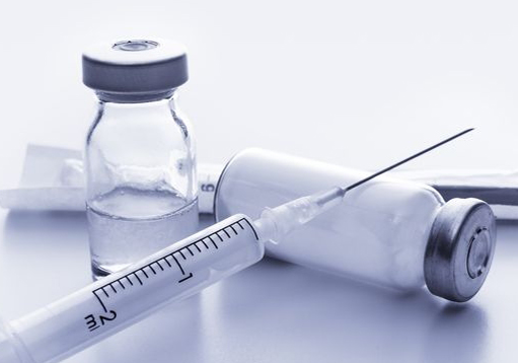
Vaccines are an unparalleled medical milestone that has saved countless lives by harnessing the human immune system, according to the history of human development. Vaccine remains the most effective source of defense against the COVID-19 pandemic since 2020. The success of the lipid nanoparticle COVID-19 mRNA vaccine shows that nanotechnology can be used in vaccine development.
Compared to conventional vaccines, nanovaccines offer advantages in lymph node accumulation, antigen assembly, and antigen presentation. They also have unique pathogenic bionic properties due to the ordered combination of multiple immune factors. Nanovaccine technology has shown considerable promise in the treatment of cancer, in addition to infectious disorders. The ultimate goal of cancer vaccines is to fully activate the immune system so that it can recognize tumor antigens and eradicate tumor cells, and nanotechnology possesses the qualities required to do this. Nanovaccine technology, as one of the candidates for cancer immunotherapy with configurable components and sequential integration, will most likely be a method and platform to achieve more effective anti-tumor immunity activation.
Types of nanomaterial-based vaccines
Various nanomaterials, such as lipid nanoparticles, protein nanoparticles, polymer nanoparticles, inorganic nanocarriers, and bionanoparticles, have been investigated for vaccine development in recent years. Varied types of nanocarriers have different physicochemical properties and in vivo behaviors, which have an impact on vaccination.
Self-assembled protein nanoparticles
Natural nanomaterials have good biocompatibility and biodegradability. Antigens have been delivered using a variety of protein nanoparticles derived from natural proteins. Protein nanoparticles that self-assemble are potential possibilities for nanovaccines. Ferritin family proteins, pyruvate dehydrogenase (E2), and virus-like particles (VLPs) are examples of self-assembled protein nanoparticles that have considerable potential in nanovaccine development.
Polymer nanoparticles
Polymeric nanoparticles are colloidal systems that come in a variety of sizes (10-1000 nm). Polymeric nanoparticles are immunogenic, stable, and can encapsulate and display antigens effectively. Antigen absorption by APC via phagocytosis or endocytosis can be improved by polymeric nanoparticles.
Lipid nanoparticles
Self-assembly of amphiphilic phospholipid molecules produces lipid nanoparticles, which are nanoscale lipid vesicles. LNPs are a viable nanocarrier for nucleic acid delivery because of their low toxicity, great biocompatibility, and controlled release features.
LNPs are also important components of mRNA drugs and vaccines, which have controllable size, shape, and charge and are important properties that may affect the effect of immune activation. Modification of LNPs results in optimal immune responses. As for nanovaccines, LNPs can enable the combined delivery of multiple antigens and adjuvants. In addition, the membrane surface of LNPs can display antigens, enhancing the expression of natural conformations.
Inorganic nanomaterials
Metals and oxides, non-metallic oxides, and inorganic salts are examples of inorganic materials often employed in nanomedicine. Inorganic materials are structurally stable and have limited biodegradability. Adjuvant activity is seen in several inorganic nanoformulations. However, in order to improve biocompatibility, alterations to the physicochemical properties of inorganic nanomaterials are required for nanovaccine applications. Gold, iron, and silica nanoparticles are the most commonly employed inorganic materials for antigen delivery.
Bionanomaterials
Biomimetic nanomaterials are versatile and can enable effective targeted delivery or effective interaction with biological systems. Biologically inspired nanoparticles with high biocompatibility and unique antigenicity can be used to develop effective vaccine formulations.
Natural ligands or peptides, such as RGD and CDX peptides, are used to alter nanoparticles and improve binding to improve targeting for effective administration in a simple biomimetic design. In addition, molecularly imprinted polymers can be employed to generate bionanoparticles by mimicking antibodies.
In the development of nanovaccines to fight infection and cancer, several different bionic techniques have arisen. Virosomes are liposomal haploid nanocarriers (60-200 nm) that work on the same principle as liposomes but are physically comparable to enveloped viruses without the nucleocapsid. Virosomes are a new type of bionanoparticle that could be used to develop nanovaccines to fight viral diseases. Outer membrane vesicles (OMVs) are bacterial nanovesicles that transport proteins comparable to those found in bacteria’s outer membrane. Because of its multi-antigenic qualities, OMV is a natural antibacterial vaccine.


